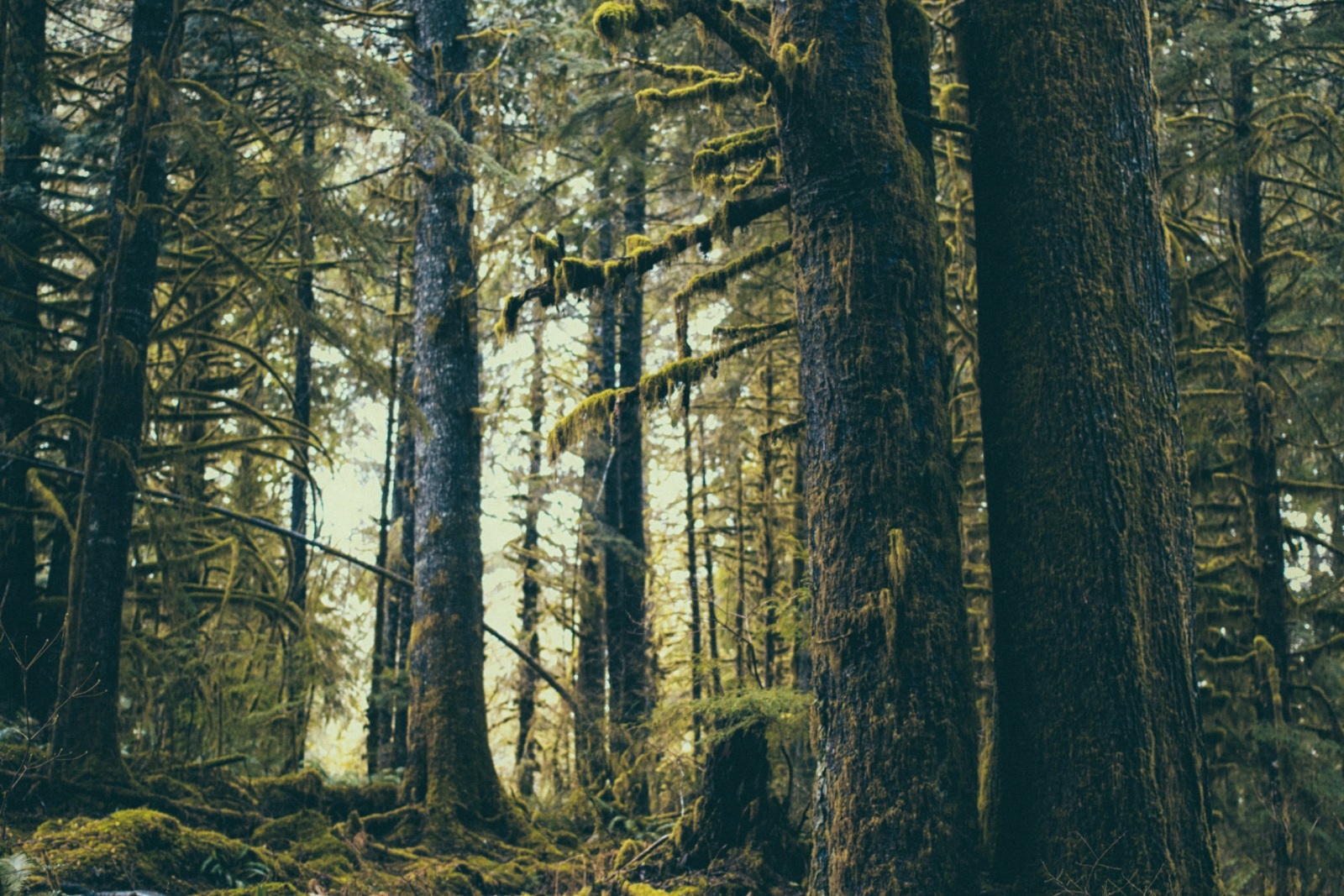
Join us on a hike — in photos — through three types of forests
America is home to more than 800 million acres of forests and woodlands — but not all forests are alike. Learn more about our boreal, temperate and tropical forests.
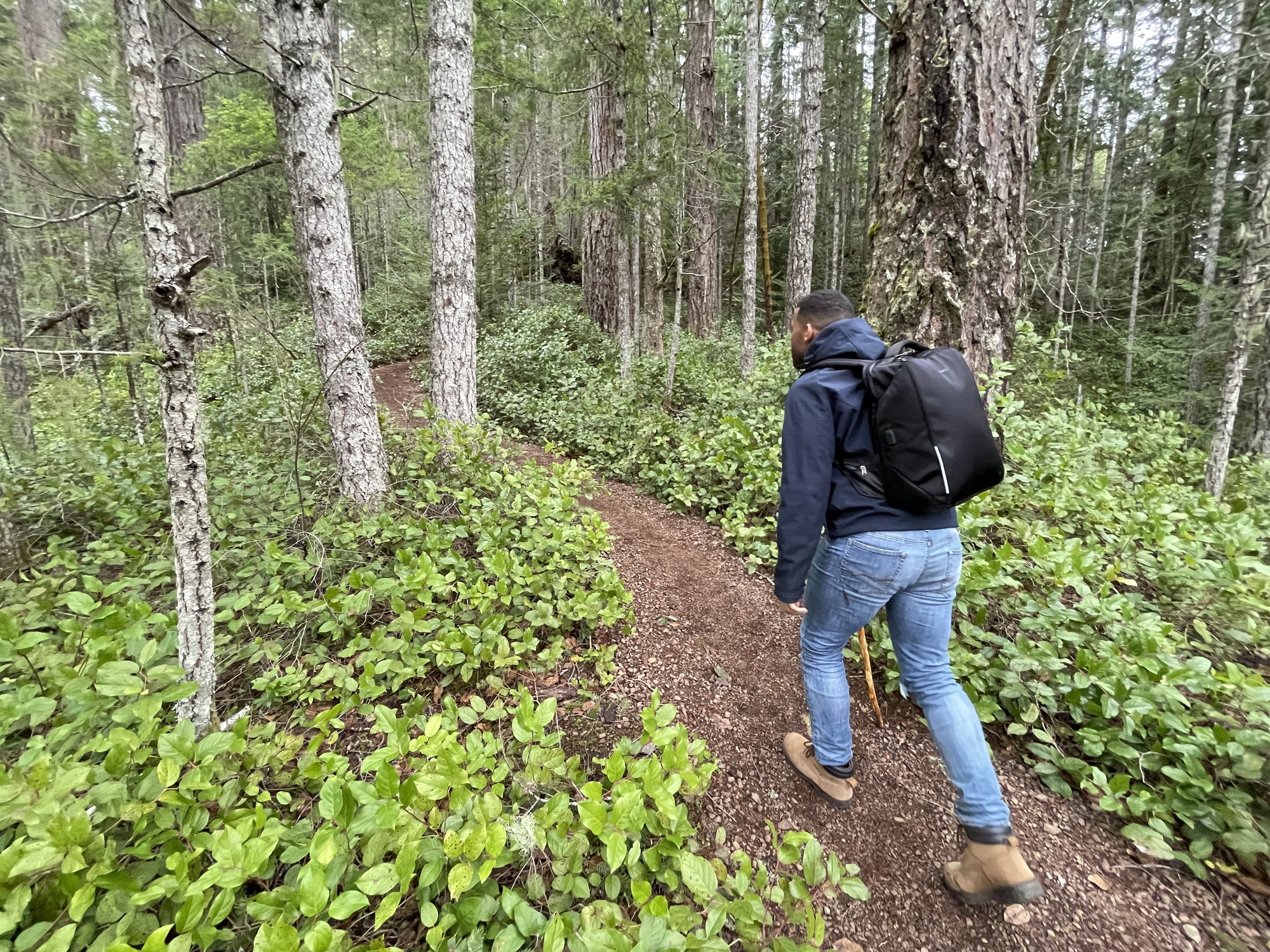
Maybe the forest nearest to you carries the lush scent of damp moss and ferns in its air, or perhaps you feel the crunch of dry gravel and pine needles underfoot as you walk. Forests come in all types, and they can be categorized by everything from latitude to rainfall, climate, plant and animal species, and more.
There are three general types of forest to know — let’s take a hike through each of them.
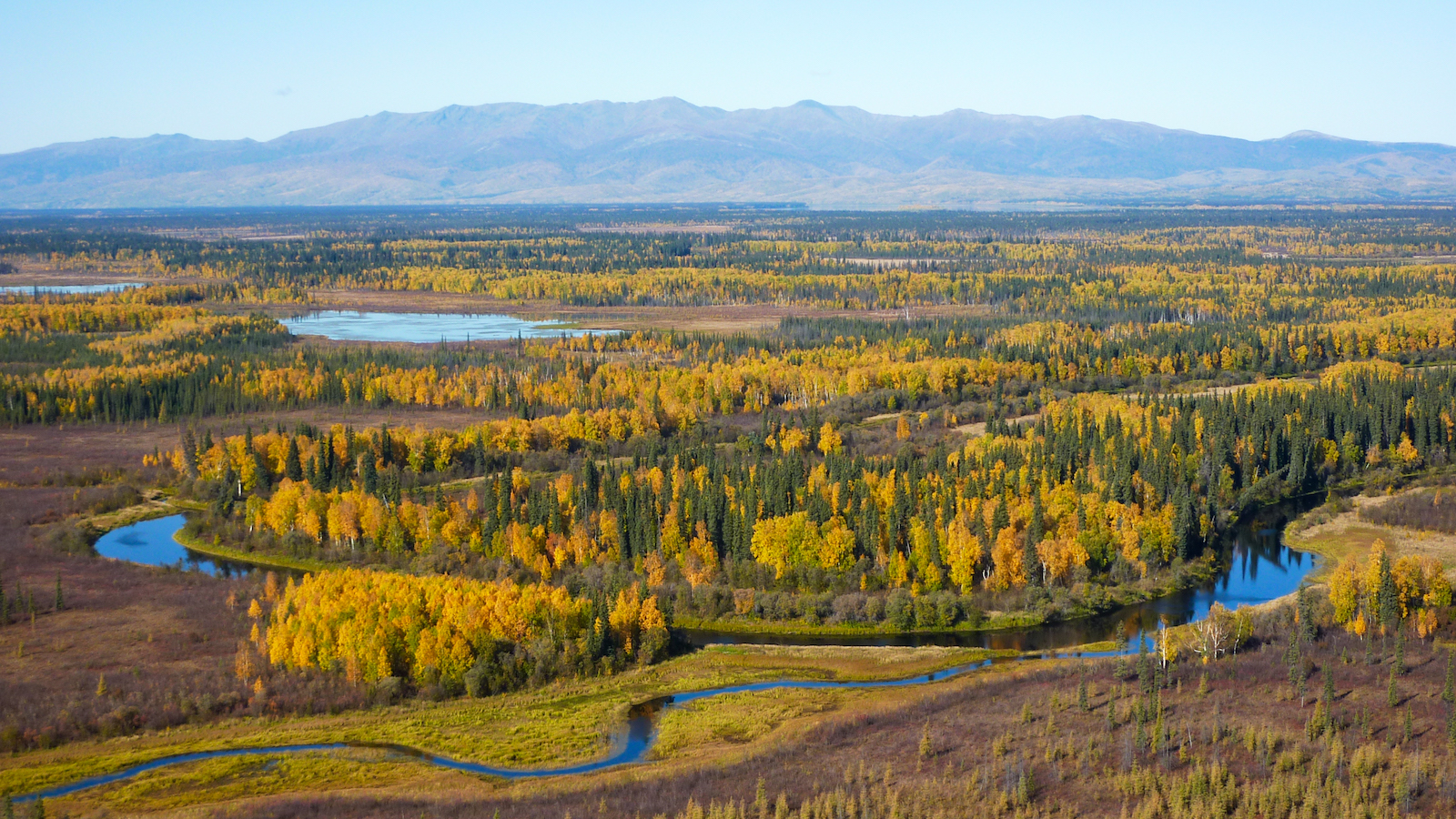
Boreal forest
The chill in the air means that we’ve reached the boreal forest — also called the taiga. This is the largest terrestrial biome, and it’s only found along a broad northern belt that wraps around Siberia, Scandinavia, Alaska and Canada. The boreal weathers short, moderately warm summers followed by long, cold, dry winters. Due to its colder climate, plants are primarily cold-tolerant conifers, such as pine, fir and spruce. The animals must likewise be able to endure the cold — or be prepared to move south during the winter.
The Superior National Forest in Minnesota sits in the southernmost reach of the boreal forest. Its forests are a mosaic of boreal pine tree stands that gradually transition into temperate hardwoods such as birch and maple, and provide shelter to more than 100 species of migratory birds, one of the largest populations of gray wolves outside of Alaska, moose, lynx, and the rare great gray owl.
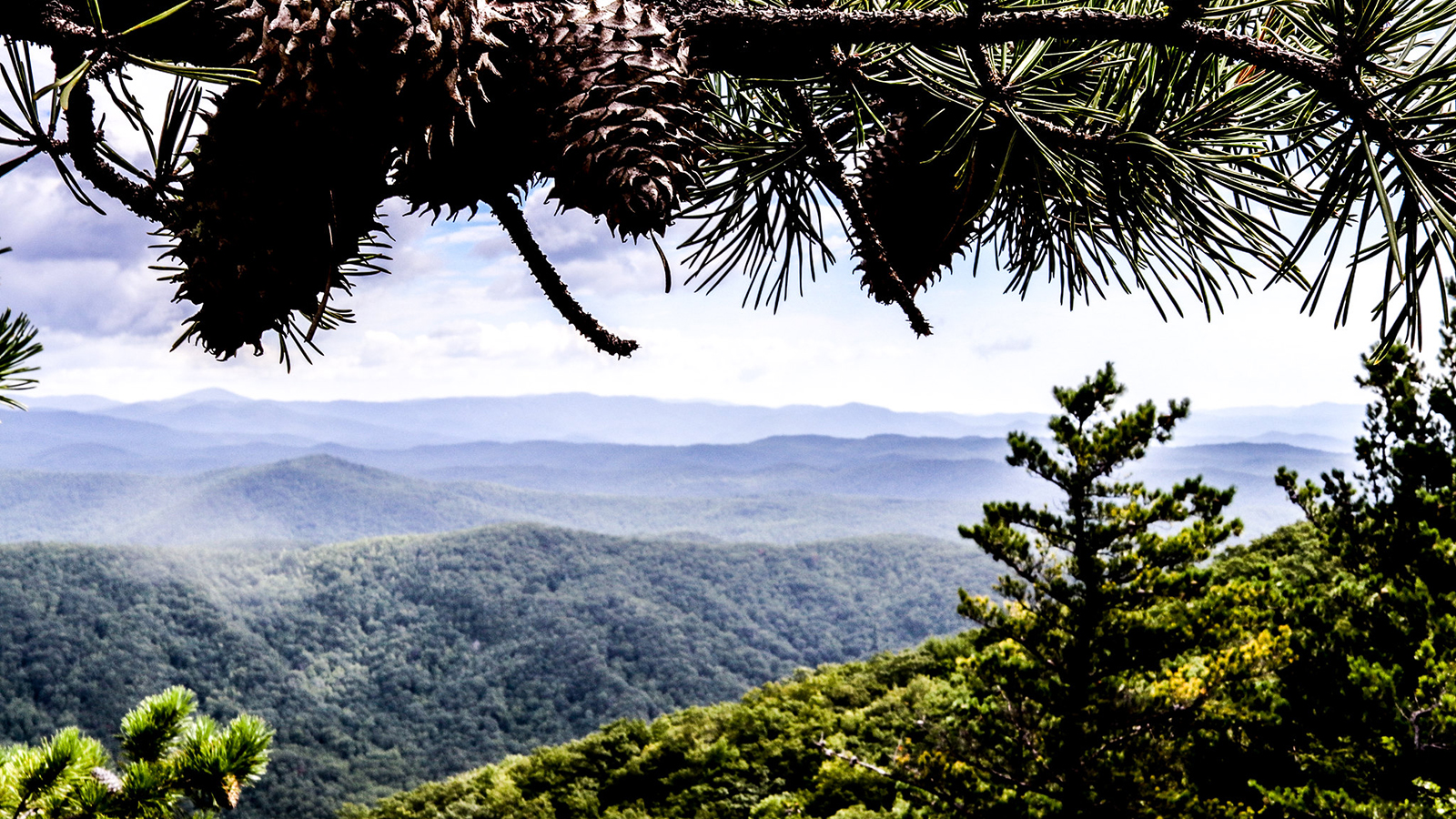
Temperate forest
A little farther to the south lie temperate forests — the most common type of forest you’ll find in the U.S. They enjoy all four seasons and at least four to six months free of frost. With a sparser canopy than tropical forests, more sunlight reaches the forest floor, allowing for a well-developed understory. A temperate forest’s trees are distinguished by broad leaves that change color and drop in the fall and winter, such as oak, hickory, beech, hemlock and more, as well as other plants that flower in the spring.
The Pisgah National Forest in the Blue Mountains of North Carolina is one of America’s most popular national forests. Its hardwood trees, whitewater rivers and cascading waterfalls offer refuge to millions of visitors each year, as well as habitat to beavers, peregrine falcons, Eastern spotted skunks and the endangered Carolina northern flying squirrel.
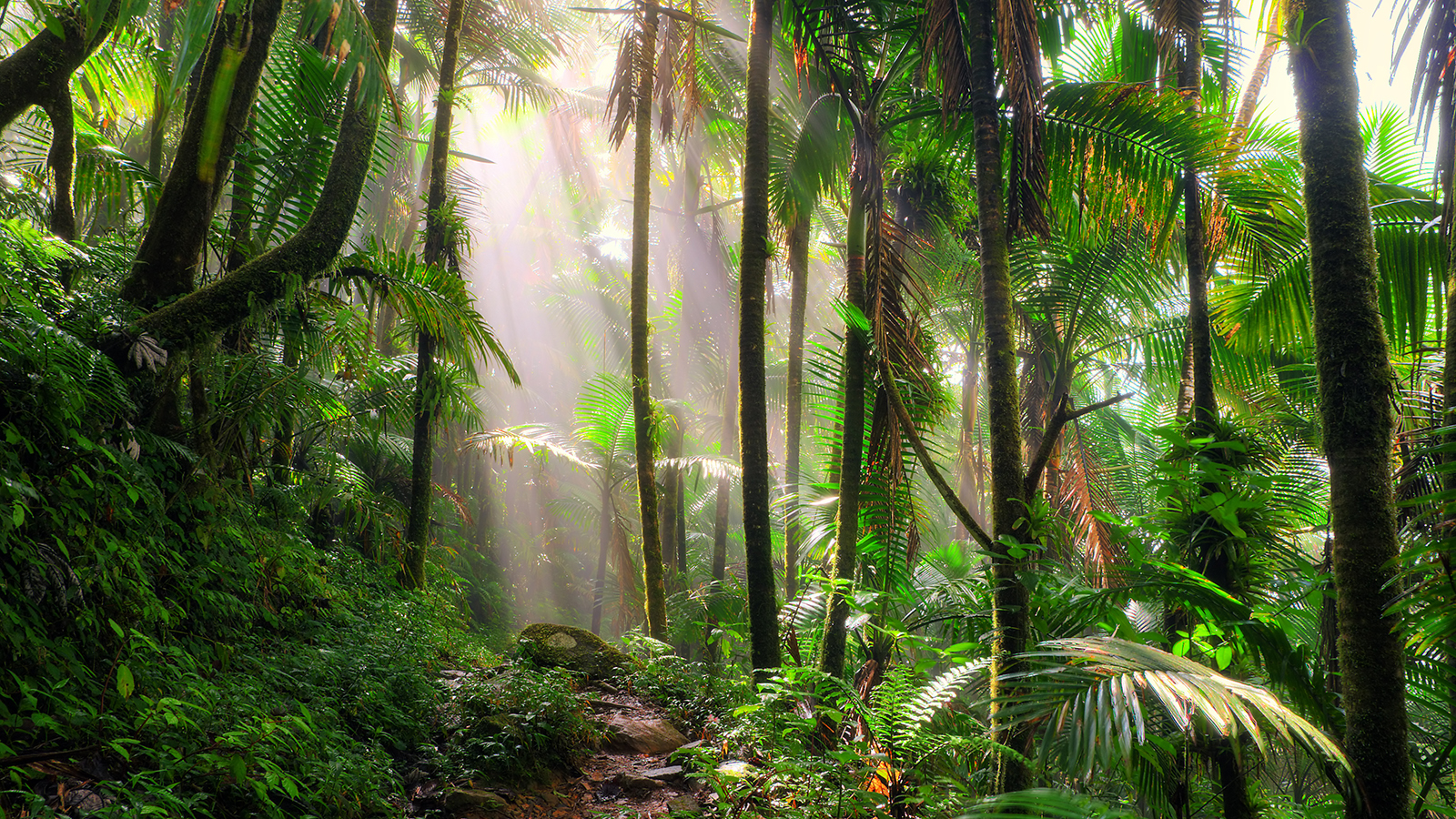
Tropical forest
It’s getting hot and humid as we continue heading south. Tropical forests grow close to the equator and only experience two seasons: rainy and dry. The forest canopy is dense and multilayered, allowing very little light to reach the forest floor. Despite the low light, tropical forests feature more species diversity than any other type of forest — their orchids, bromeliads, vines and palms provide habitat to countless birds, bats, frogs, monkeys and more.
There’s just one tropical rainforest managed by the U.S. Forest Service — El Yunque National Forest in northern Puerto Rico. The island of Puerto Rico was formed by volcanic activity during the age of the dinosaurs, and its animals originally arrived on the island by way of swimming, floating or flying. As a result, El Yunque’s mist-covered mountains are home to little critters you won’t find in the contiguous United States, including rare fruit bats, tiny coqui tree frogs and the critically endangered Puerto Rican parrot.
The one threat facing all forests
But as diverse as these forest types are, they all have one thing in common.
They’re all threatened by logging and other human development. Just 19% of our country’s forests and woodlands are national forests, and even those aren’t guaranteed full protection.
But whether it’s the boreal forest, the Amazon rainforest, or a state or national forest, our campaigns are standing up to protect them.
We’re working to win federal action to protect forests here at home, and we’re calling on U.S.-based corporations to stop logging Canada’s boreal for toilet paper and to commit to zero deforestation in the Amazon.
Topics
Authors
Ellen Montgomery
Director, Public Lands Campaign, Environment America
Ellen runs campaigns to protect America's beautiful places, from local beachfronts to remote mountain peaks. Prior to her current role, Ellen worked as the organizing director for Environment America’s Climate Defenders campaign. Ellen lives in Denver, where she likes to hike in Colorado's mountains.
Find Out More
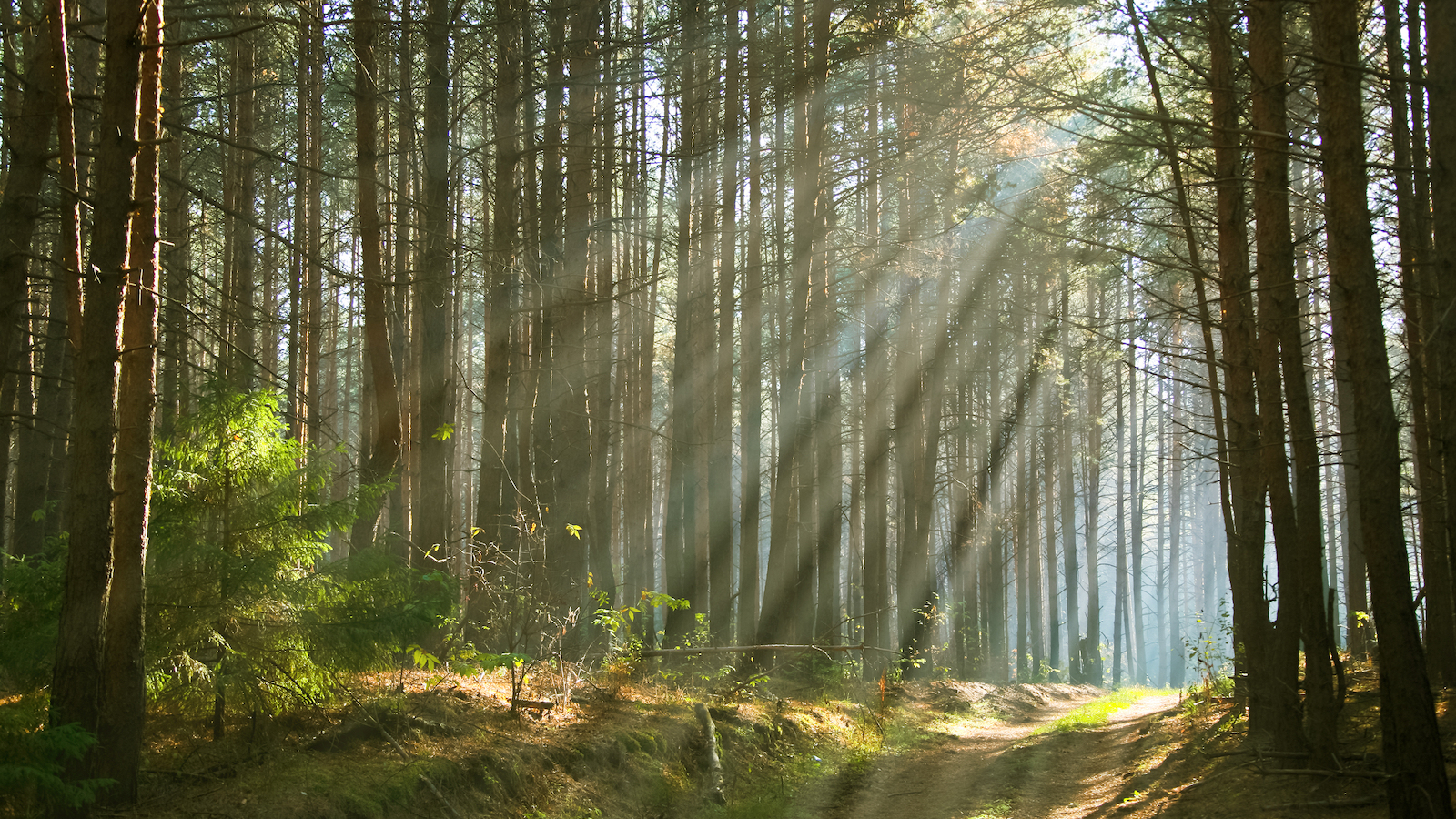
What can we do to keep the boreal forest from being flushed away?
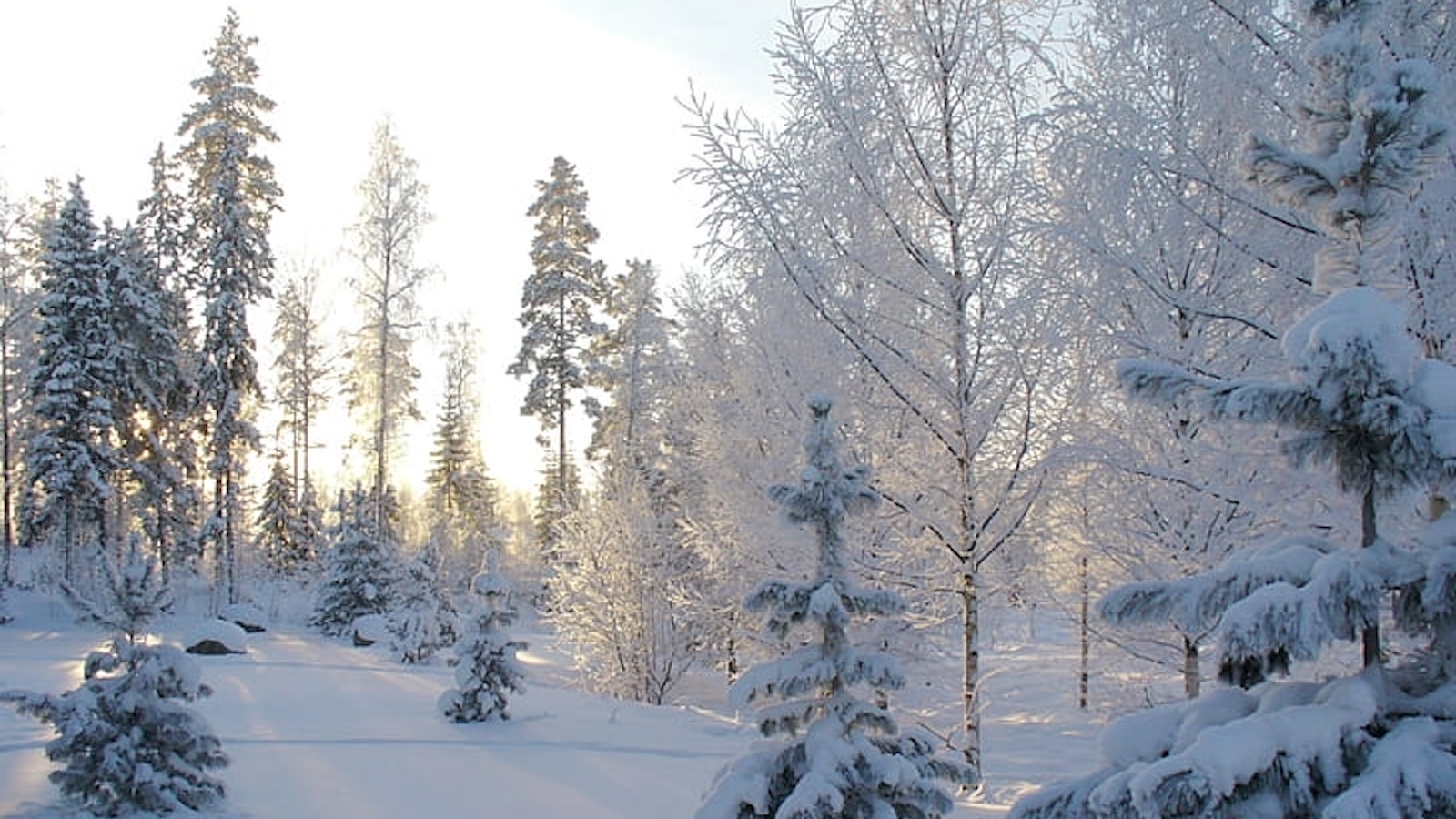
Five of the biggest wins for wildlife and wild places in 2023
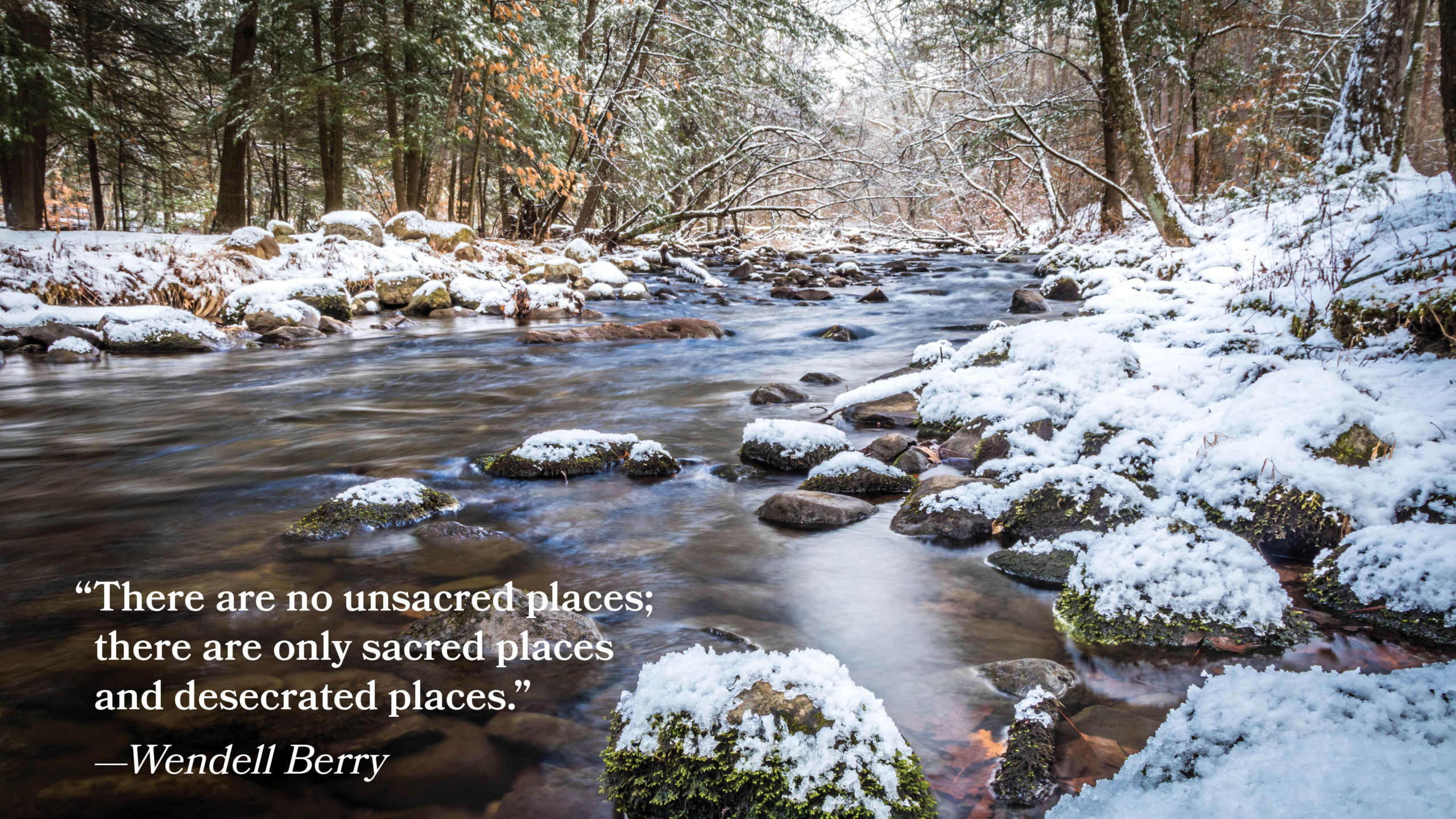
Five things to toast this holiday season
